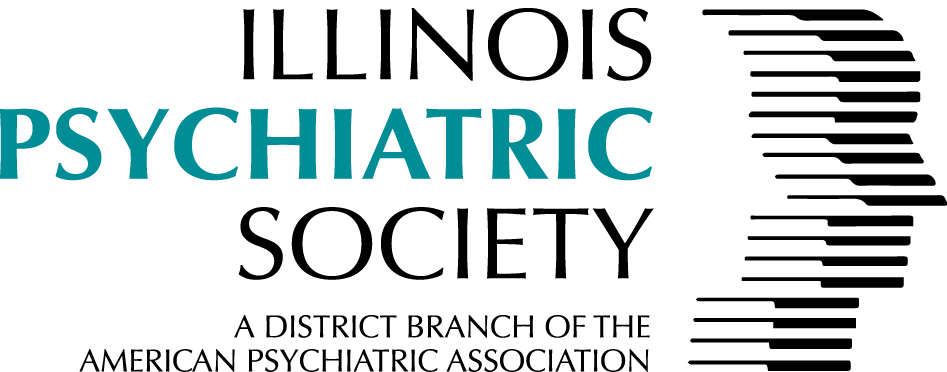Electronic Spring 2024 | Issue 58
Creative Writing
By: Chelsea Karson, MD
The transition from inpatient, hospital-based care to outpatient psychiatry clinic during the summer between my second and third year of residency was a unique shift and an unexpected learning experience. While seeing patients on the adult inpatient psychiatry units, I witnessed depression, catatonia, mania, and psychosis so severe that the patients could not care for their basic needs like eating or drinking or were at acute risk of harming themselves or others. The medically managed withdrawal unit was where my coresidents, attendings, and I saw patients suffering from potentially life-threatening alcohol and benzodiazepine withdrawal as well as those suffering from very unpleasant opioid withdrawal. These patients required hospital-level care, often in locked units. Then, as a PGY-3, most of my patient panel never set foot in my office at clinic, instead presenting for their appointments through virtual visits. Although I still saw patients diagnosed with depression, bipolar disorder, and schizophrenia, their symptoms were controlled. The diagnoses I learned the most about during my time in clinic were those that received less attention in medical school and were not as common within the hospital – generalized anxiety disorder, obsessive compulsive disorder (OCD), panic disorder, and primary insomnia. On my first afternoon in the clinic, I met the patients who taught me about these conditions.
Some diagnoses demand attention, presenting with a loud voice and pressured speech or vibrant scars. Anxiety was much less ostentatious at first glance, visible only in the tight-lipped smile and fatigued posture of the young woman on the screen in front of me. She initially seemed very still, as though trying to hide from the worries that haunted her, looking at me with tired eyes that could not relax. As the appointment progressed, it became apparent that she was never able to rest. She picked at the skin around her fingernails, played with her hands, and fidgeted her way through our hour-long visit with stiff muscles. The anxious woman was never at peace, only occasionally did the fidgeting stop, but then she seemed to freeze, so overwhelmed she could not move, or collapse forward as if dragged toward the ground by the weight of her fears with downcast eyes, stopping herself from falling toward the floor by grabbing the edge of her chair. She apologized when I had to repeat questions because she was unable to focus on our interview and became teary, sharing that she snapped at her friends and family when anxiety overwhelmed her.
The patient who taught me about obsessive compulsive disorder logged into our appointment early and wore neat clothes. The symptoms of her diagnosis subtly presented themselves as she told me about herself, becoming increasingly apparent as the appointment progressed, with chapped hands and a reluctance to touch anything on her desk. She briefly reported a fear of contamination, which as it worsened, began to eat up her time and restrict her freedom. After sharing this, she tried to smile politely, but then made respectful conversation, sharing that she had already scheduled a follow-up appointment, recently seen her primary care physician, and completed her lab work. Finally, she took a deep breath and shared that she had left therapy because it was too difficult to fit into her schedule, but she was in danger of losing her job because washing her hands took up so much time that she was behind on all her work.
A patient suffering from panic attacks presented to my next appointment. Our visit started smoothly, then the attack began abruptly, seemingly appearing without warning and in a whirlwind of terror. The man grabbed his neck and chest with trembling hands. He could not speak, only gasping for air. His sweat-covered face appeared terrified, and he swayed on his feet. The episode ended in a few minutes that felt more like hours. When able to speak, the man cried that there was nowhere safe. Panic attacks had slowly shrunk the area he felt safe, eventually leaving him held hostage in his apartment in a matter of months. Between episodes of panic, the man had no relief. The dread of waiting for the next episode to strike was a constant threat that left him no relief.
A man suffering from insomnia was my last appointment of the day. He stared at me with red eyes and spoke in a soft voice, so quiet that he would not have woken someone from the sleep he could not have for himself. His sentences trailed off, often incomplete or cut-off by yawns he could not suppress. Even these brief answers seemed to require more energy than he had. Longer sentences would have required too much effort. His movements were slowed and labored by the weight of heavy fatigue. Sleeplessness aged the man, stealing his energy and youth as well as his rest.
Generalized anxiety disorder, OCD, panic disorder, and insomnia are all conditions I had encountered in books and lectures, but rarely during the first two years of my residency training. The patients who taught me about these diagnoses were never admitted to the hospital. Instead, I saw them in clinic face-to-face in my office or on the screen on my computer during an appointment. Although safety was always on my mind, so were other matters, such as “will the patient be able to go to work? Should I suggest they ask for accommodations so they can work from home? Would gloves help with contamination fears or worsen those concerns?” The first two years of my psychiatry residency, I learned how to protect life, but as a third-year resident, I learned how to help my patients live.

